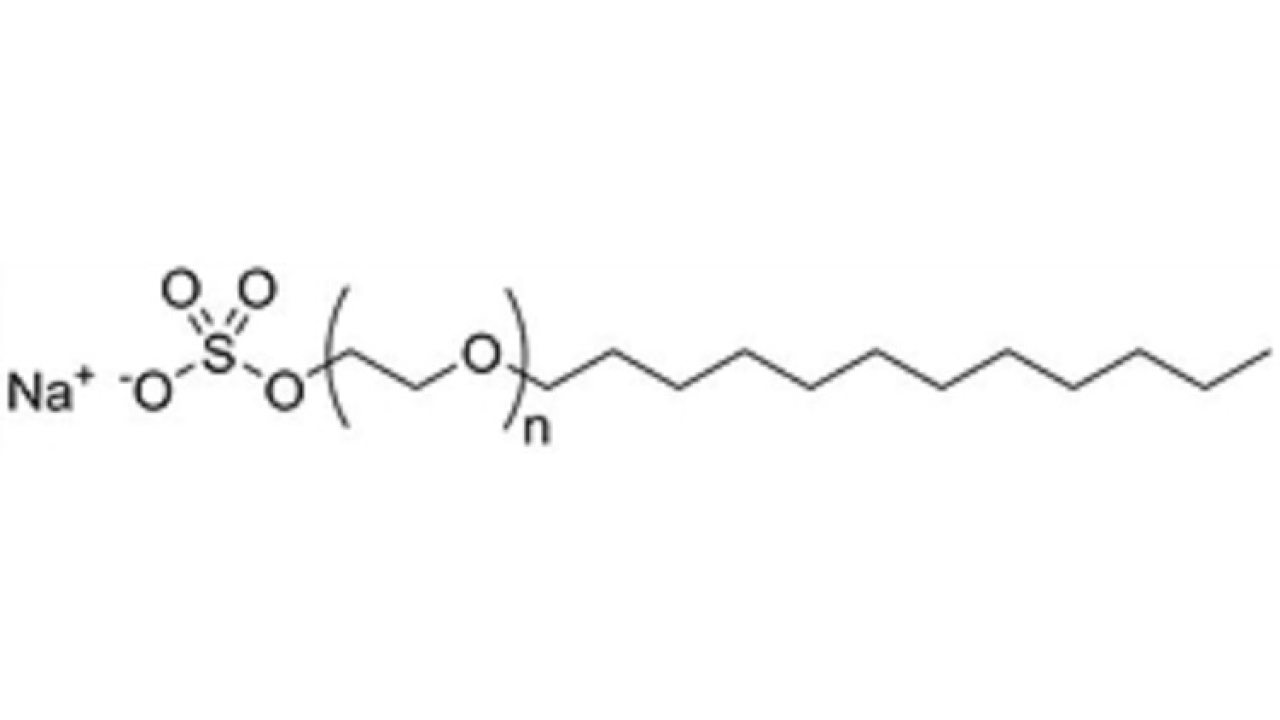Procurement Resource Analyses the Production Cost of Sodium Lauryl Ether Sulfate in its New Report
Posted on 27 July, 2022 by Jolie Alexa

Procurement Resource Analyses the Production Cost of Sodium Lauryl Ether Sulfate in its New Report
Analyses Overview of The New Production Cost Report of Sodium Lauryl Ether Sulfate
The new report by Procurement Resource, a global procurement research, and consulting firm, looks in-depth into the costs involved in the production of Sodium Lauryl Ether Sulfate (SLES). The comprehensive report analyses the production cost of the material, covering the raw material costs and co-product credit, equipment costs, land and site costs, labour wages, maintenance costs, financing charges, and depreciation costs. The extensive study describes the stepwise consumption of material and utilities along with a detailed process flow diagram. The report also assesses the latest developments within the industry that might influence Sodium Lauryl Ether Sulfate production cost, looking into the capacity expansions, plant turnarounds, mergers, acquisitions, and investments.
Product Definition:
Sodium Lauryl Ether Sulfate (SLES) is the most extensively utilised of a set of sodium and ammonium alkyl and alkyl ether sulphates sold commercially. It is an anionic detergent and surfactant that is found in a variety of personal care products. It quickly produces foam or lather and is naturally affordable. In essence, it is a synthetic soap.
Factors Impacting the Sodium Lauryl Ether Sulfate Production Cost:
Consumer awareness of personal hygiene and cleanliness is increasing, and personal care goods such as soaps, shampoos, and body and face cleansers are becoming more commercialised. The market is expected to grow due to the health advantages of both residential and institutional cleaning. These factors are expected to impact the production cost of Sodium Lauryl Ether Sulfate.
Procurement Resource Assessment of Sodium Lauryl Ether Sulfate Production:
The cost of producing Sodium Lauryl Ether Sulphate (SLES) utilising chlorosulphonic acid, lauryl ethoxylate, and sodium hydroxide via the sulphation process is examined in this report. Lauryl ethoxylate interacts with chlorosulphonic acid in this reaction. The resultant product is neutralised with sodium hydroxide to yield SLES, which contains 70% active matter by weight. As a by-product, 33 percent hydrochloric acid is produced.
About Us:
Procurement Resource ensures that our clients remain at the vanguard of their industries by providing actionable procurement intelligence with the help of our expert analysts, researchers, and domain experts. Our team of highly seasoned analysts undertake extensive research to provide our customers with the latest and up-to-date market reports, cost-models, price analysis, benchmarking, and category insights, which aid in simplifying the procurement process for our clientele. We work with a diverse range of procurement teams across industries to get real-time data and insights that can be effectively implemented by our customers. We also track the prices and production costs of an extensive range of goods and commodities, thus, providing you with the updated and reliable data. We, at Procurement Resource, with the help of the latest and cutting-edge techniques in the industry, help our clients understand the supply chain, procurement, and industry climate, so that they can form strategies which ensure their optimum growth.
Contact Us:
Company Name: Claight Corporation
Contact Person: Jolie Alexa
Email: [email protected]
Toll Free Number: USA & Canada: +1-415-325-5166 | Europe & Africa: +44-702-402-5790 | APAC: +91-8586081494
Address: 30 North Gould Street, Sheridan, WY 82801, USA
Blog - https://procurementresource.blogspot.com/
Website: https://www.procurementresource.com/
Reference Link: https://takeitcool.com/production-cost-of-sodium-lauryl-ether-sulfate/
http://www.ayushremedies.com
26 December, 2016
http://www.ayushremedies.com
12 April, 2017